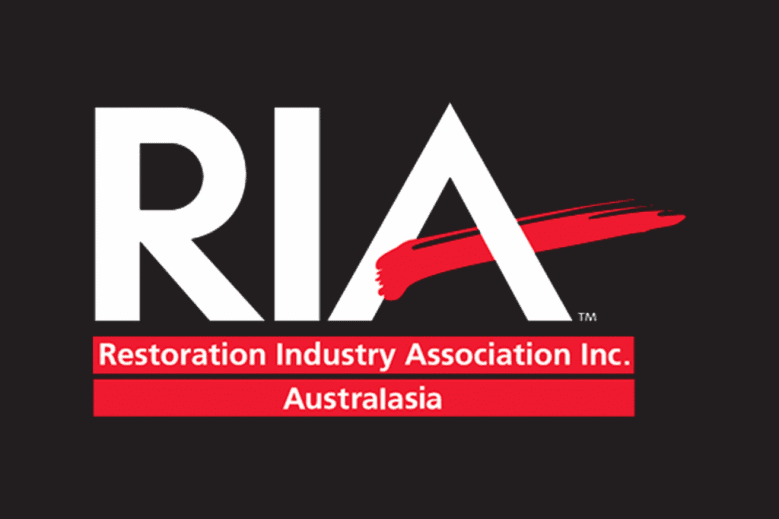Introduction
The release of the AS-IICRC S500:2025 is not only transforming restoration practices in Australia — it’s also shifting how insurance companies expect water damage scopes to be assessed, documented, and approved.
With insurers like Suncorp Group publicly supporting the standard, restoration contractors must now align with clearer, more accountable documentation protocols. This article explains what’s changed and how scopes should be prepared under the S500 framework.
The Role of Insurers in Restoration Work
Historically, insurance companies have relied on internal guidelines, adjuster discretion, and ad hoc trade experience. This often led to inconsistencies between contractors, adjusters, and hygienists, especially in complex water damage claims involving Category 2 or 3 events.
With the S500 now adopted in Australia, a clear national framework exists — and insurers are beginning to reference it explicitly in claims approvals and contractor expectations.
Suncorp’s Public Position
In early 2025, Insurance News reported that Suncorp Group supported the adoption of the AS-IICRC S500, stating:
“It will bring consistency to property claims.”
— Greg Buchhorn, Executive Manager Claims Procurement, Suncorp
This shift indicates a move away from subjective scoping toward evidence-based validation using defined moisture targets, Category classifications, and S500 procedures.
How Scoping Must Change Under S500
The AS-IICRC S500 outlines a structured approach to water damage remediation. Insurers are now expecting scopes to reflect:
- Correct Classification of Water Category
-
- Identify Cat 1, 2, or 3 with supporting evidence
- Explain how category was determined (source, duration, contamination)
- Reference removal requirements (e.g. underlay in Cat 2 = non-restorable)
- Moisture Mapping & Drying Targets
-
- Pre-mitigation moisture readings
- Target dry standards based on unaffected materials
- Daily logs showing progress toward S500-accepted benchmarks
- Antimicrobial Treatments
-
- Product name, location, timing, and method of application
- Justification for treatment (e.g. Cat 2 event with porous material exposure)
- Containment or PPE Requirements
-
- Clearly note if Category 3 procedures were used
- Justify containment set-up or exclusion (with photos and plan view)
- Equipment Rationale
-
- Number and type of dehumidifiers, airmovers, and air scrubbers
- Documentation of runtime hours and drying calculations
What This Means for Restoration Contractors
Restorers must prepare scopes using the S500 as a reference, not just trade experience. Be ready to justify every removal, treatment, and containment with supporting rationale. Ensure techs and admin staff understand Category protocols and documentation flow. Begin integrating S500 checklists into site assessments and reporting tools.
What This Means for Insurers & Loss Adjusters
Insurers are now expecting more consistent reports across providers, using the S500 to validate or reject scope inclusions. They’re relying less on subjective assessment and more on structured moisture data, demanding standardised documentation that aligns with IICRC definitions of health risk, material response, and microbial control.
Tip for Scope Writers & Project Managers
When preparing reports or quotations:
- Reference Section 9 (Inspection & Evaluation) and Section 12 (Materials & Assemblies) of the AS-IICRC S500
- Use language such as “in accordance with AS-IICRC S500:2025 Category 2 treatment protocols”
- Include photo evidence, material type classification, and restorability determination
Final Thoughts
The AS-IICRC S500 isn’t just a technical document — it’s becoming the claims language of the industry. Contractors who adopt its terminology and structure will reduce claim pushback, shorten approval times, and demonstrate professionalism to both insurers and hygienists.
